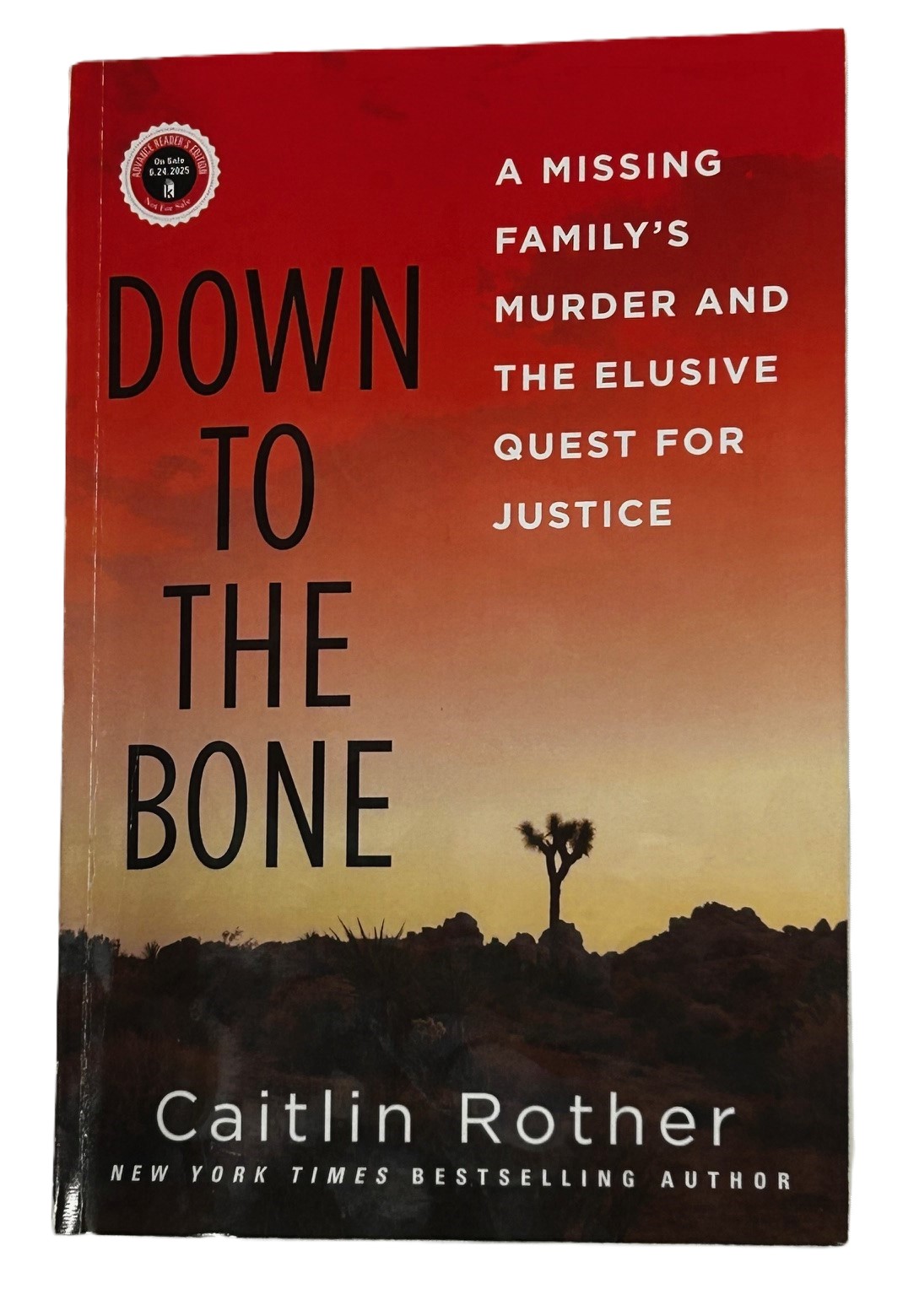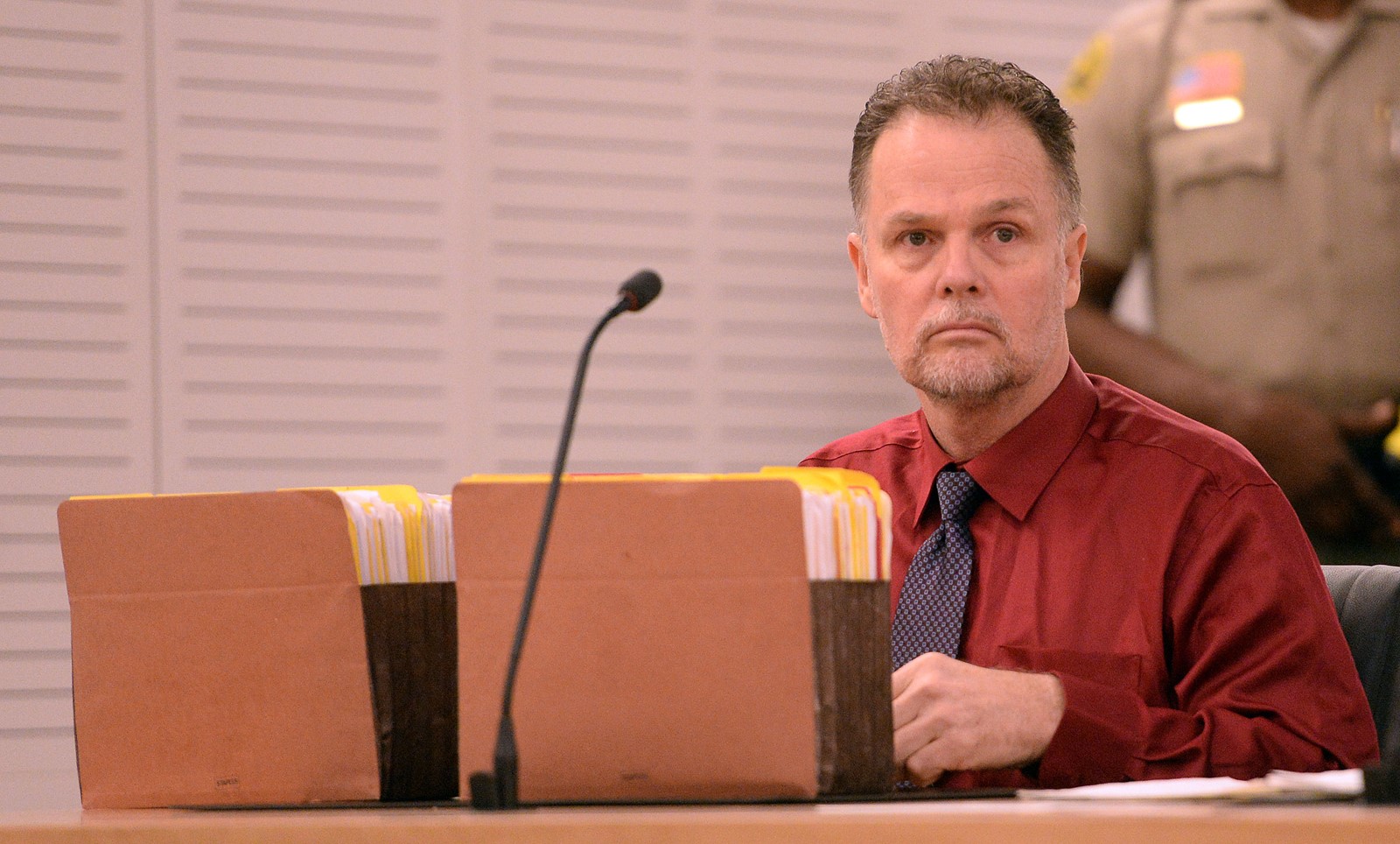

Rother, 62, who is signing her book at appearances in Southern California, talked with this news organization about her 15th book. The answers were edited for clarity. For more information, go to caitlinrother.com.
Q: Why did you write about this case?
A: I could tell from the start that this was going to be an interesting case, because for an entire family to go missing is incredibly unusual. The state of the house they lived in when they disappeared, it was like they were in the middle of breakfast as if time had almost stopped. This happened with Joseph running a successful water-fall-manufacturing company.
Q: How did you research the book?
A: I went to the preliminary hearings, went through court records, got a court order to review 1,200 exhibits. Four months before deadline, I ended up getting a treasure trove of discovery materials and that sent me into a frenzy reading investigatory reports from both sheriff’s departments (San Diego County’s and San Bernardino County’s) with witness interviews that both agencies uncovered. Basically, I had to rewrite my whole book.
Q: What will readers learn about the case that they didn’t previously know?
A: I was able to learn who was interviewed, who was not interviewed, who was investigated and who wasn’t. To me, it was pretty telling what they overlooked. They would look for things to support their premise, and when they didn’t find evidence, they continued to hold onto their same premise. In the case of Chase Merritt, it was clear they decided it was him pretty early. They arrested him even though a lot of things they were looking for, they never found.
Q: San Diego sheriff’s detectives allowed a McStay relative to take home Joseph’s computer, another relative to clean the house, and let another business partner, Dan Kavanaugh, examine a computer for clues to the disappearance without the detectives having first searched any of those. What do you make of that?
A: The scene was irrevocably altered. There are examples of that throughout the book that I found questionable. (A San Diego County sheriff’s spokesperson said in an email: “Detectives work tirelessly to bring justice in every case they are assigned and will continue to make every attempt to bring each case to a resolution.”)
Q: What else should readers take away from the book?
A: I looked at my job in writing this book as being a lawyer in a circumstantial case and connecting the dots. There were questions such as how did Joseph McStay’s gun get into the hands of a convicted felon in Las Vegas? How did somebody get the family out to the desert? The DNA on the remains didn’t match Merritt. There’s all these unanswered questions.
Q: Here’s the million-dollar question: Who killed the McStays?
A: This case was incredibly messy and even after 12 years of research, I still can’t tell you I know who killed this family.


 PREVIOUS ARTICLE
PREVIOUS ARTICLE
